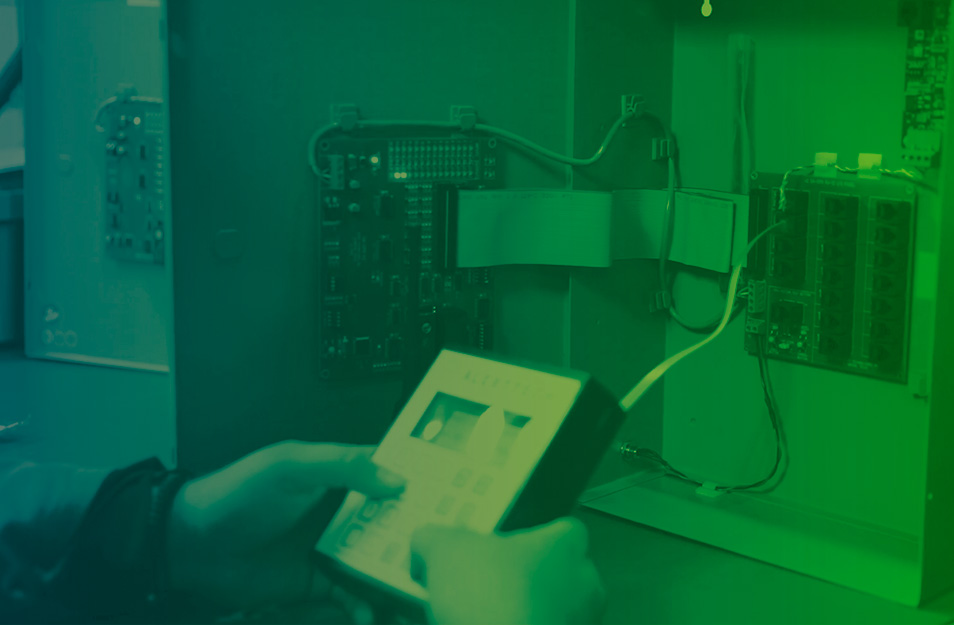Bringing your startup’s product to market — and into the hands of customers — is often a roller coaster of a journey. Some days you celebrate big wins, others may see you struggling with unforeseen obstacles. But there are some ways to streamline the journey — especially when it comes to electronics manufacturing.
From robotics to GPS devices, printed circuit boards are a critical component to a wide range of emerging products. While these boards open the door to innovative advancements, a faulty or misaligned board can cause your product to malfunction or fail. Testing board design early in the manufacturing process helps you move forward more smoothly — and add a few more “Ws” to your journey. By producing low-volume runs of iterative design, rapid prototyping allows you to test functionality and design. This not only helps ensure the accuracy and board validity, but it also helps you identify and sidestep future roadblocks.
As a small business ourselves, we understand the challenges startups can face during the manufacturing process. In fact, we launched our SMT division to address those challenges and provide a better alternative for entrepreneurs and growing companies. Here are some of the ways rapid prototyping benefits your business.
Cost Savings
Save on upfront costs by conducting small, iterative runs. While most companies can benefit from cost savings, this is especially important for lean startups. Partnering with an electronics manufacturing company allows your start up to access state-of-the-art technology, expertise and software at a fraction of the cost of bringing the work in house. Prototyping also allows you to save on material costs, as you only need to purchase smaller quantities for this stage as you finetune your board design.
Flexibility
Agility is essential for startups, especially as you’re building up a foundation for your business. Low minimum quantities and fast turnaround times — more on that in a moment — allow greater flexibility.
Speed
Rapid prototyping allows you to test board designs quickly. As you fine tune the design throughout the process, fast turnaround times allow you to move your product forward quickly. Preparing thorough bills of materials (BOM) and partnering with a manufacturer with streamlined documentation and production processes can help increase turnaround times.
Testing
Running a full battery of tests on your boards — which can range from stress tests to compliance and quality control — during the prototyping stage can help save you time and money in the long run. Functional testing and First Article Inspection (FAI) allows you validate your board design and reduce the need for retooling later in the process.
Troubleshooting
Rapid prototyping gives your team the opportunity to test the manufacturing process and troubleshoot any potential roadblocks. This can range from design flaws to limited components. Problem solving for these challenges earlier in the process ultimately helps you bring your product to market more easily in a faster, more efficient process.
Funding
Prototypes can help current and potential investors understand the product—what it does and how it works. Providing investors with a visual or tactile products can help them make the connection and bring a concept to life. This can help to explain and showcase your product when fundraising.
Scalability
You also want to set your designs up for the long term. Consider the materials used in your design: are there any components that are in high demand in another industry? This might create challenges further down the road as you bring your product to market. The prototyping stage is the time to source alternative components that are more economical, easily available or have shorter lead times.
Prototyping is a valuable first step in printing your product to market. By offering a streamlined process it helps cut costs, mitigate risks and look ahead. Is your startup ready to take your design into production? Talk to our team about prototyping.
